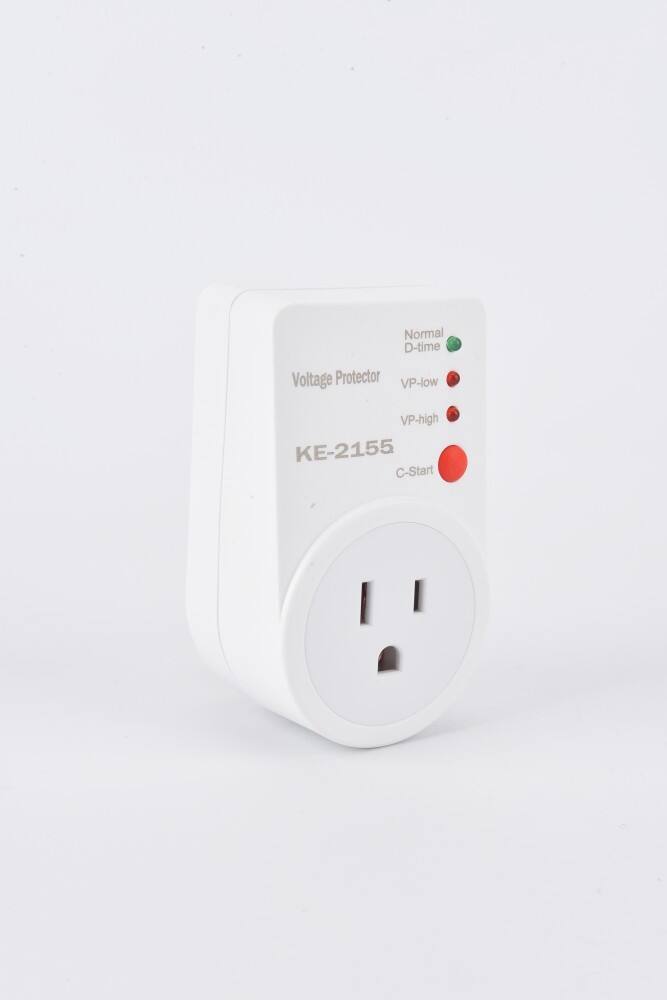In today's advanced manufacturing environment, the reliability of electrical systems plays a pivotal role in maintaining continuous operations. Surge protection has emerged as an essential component in safeguarding sophisticated manufacturing equipment from potentially devastating power disturbances. As facilities become increasingly automated and digitalized, the need for robust surge protection measures has never been more critical.
Manufacturing facilities represent substantial investments in equipment, technology, and processes. When electrical surges occur, they can instantly damage sensitive electronic components, disrupt programmable logic controllers (PLCs), and bring production lines to a complete halt. The implementation of surge protection systems serves as a crucial defense mechanism against these threats, ensuring operational continuity and protecting valuable assets.
Power surges can inflict immediate and severe damage to manufacturing equipment, leading to substantial replacement costs. Modern manufacturing facilities rely heavily on sensitive electronic components, with each piece of equipment representing a significant investment. When surge protection is inadequate or absent, a single power event can destroy circuit boards, damage motors, and render entire systems inoperable.
The expenses extend beyond just replacing damaged components. Emergency maintenance, rush delivery charges for replacement parts, and the need for specialized technicians all contribute to the financial burden. Many facilities have reported individual surge events causing damages exceeding hundreds of thousands of dollars in equipment alone.
The ripple effects of surge-related downtime extend far beyond immediate equipment damage. When production lines stop unexpectedly, manufacturers face missed delivery deadlines, dissatisfied customers, and potential contractual penalties. The loss of production time can be particularly costly in industries with high-value products or tight delivery schedules.
Consider a automotive parts manufacturer where each hour of downtime translates to dozens of incomplete units. The cumulative impact affects not only the facility's bottom line but also creates disruptions throughout the supply chain. Proper surge protection helps maintain production schedules and preserve valuable client relationships.

Effective surge protection in manufacturing environments requires a comprehensive, layered approach. The first line of defense typically consists of service entrance surge protective devices (SPDs) that handle large external surges from lightning or utility switching events. Secondary protection layers are installed at distribution panels, while point-of-use devices protect specific pieces of sensitive equipment.
This coordinated protection scheme ensures that surge energy is progressively reduced to manageable levels before reaching critical equipment. Each layer works in concert with the others, providing redundancy and ensuring that no single point of failure can compromise the entire system.
Modern surge protection systems incorporate sophisticated monitoring capabilities that provide real-time status updates and predictive maintenance information. These features allow facility managers to track protection levels, identify potential weaknesses, and schedule maintenance before failures occur. Advanced diagnostics help prevent unexpected downtime by alerting staff to degrading protection components before they fail completely.
The integration of surge protection monitoring with facility management systems creates a proactive approach to power quality management. This integration enables better decision-making and more efficient maintenance scheduling, further reducing the risk of unexpected downtime.
Successful surge protection begins with a thorough assessment of facility needs and vulnerabilities. This includes evaluating the types of equipment in use, identifying critical processes, and understanding the local power quality environment. Professional assessments consider factors such as nearby lightning activity, utility grid conditions, and internal switching events that could generate surges.
Based on this assessment, engineers can design a protection scheme that addresses specific facility requirements. This may include determining optimal placement of surge protective devices, sizing protection components appropriately, and establishing coordination between different protection levels.
Proper installation of surge protection devices is crucial for their effectiveness. This includes ensuring correct voltage ratings, maintaining appropriate lead lengths, and establishing solid grounding connections. Regular maintenance procedures must be established to verify protection levels and replace components before they fail.
Training maintenance staff on surge protection principles and troubleshooting procedures helps ensure long-term system effectiveness. Documentation of installation details, maintenance activities, and surge events creates a valuable resource for ongoing system optimization and improvement.
Evaluating the effectiveness of surge protection investments requires tracking relevant metrics. These may include the number of recorded surge events, equipment failure rates, and downtime incidents. Comparing these metrics before and after surge protection implementation provides concrete evidence of system value.
Advanced monitoring systems can provide detailed data on surge protection performance, including the number and magnitude of surge events mitigated. This information helps justify protection investments and identify areas requiring additional attention.
While the initial investment in comprehensive surge protection may seem significant, the long-term benefits typically far outweigh the costs. Reduced equipment replacement expenses, lower maintenance costs, and improved production reliability contribute to positive return on investment. Many facilities report complete system payback within the first year of implementation.
The protection of critical manufacturing assets and processes creates value beyond direct cost savings. Enhanced equipment reliability leads to improved product quality, better customer satisfaction, and stronger competitive positioning in the market.
Regular inspections should be conducted quarterly, with comprehensive testing performed annually. However, facilities in areas with frequent electrical storms or poor power quality may require more frequent inspections. Visual checks of indicator lights and monitoring systems should be part of daily operational rounds.
Key indicators include frequent equipment resets, unexplained electronic failures, visible damage to surge protection devices, status indicator changes, or alarms from monitoring systems. Any of these signs warrant immediate investigation and possible protection system maintenance.
Yes, many surge protection improvements can be implemented during planned maintenance windows or using redundant protection schemes. Working with experienced professionals helps minimize disruption while enhancing protection levels. Strategic planning and proper coordination ensure successful system upgrades with minimal impact on production.